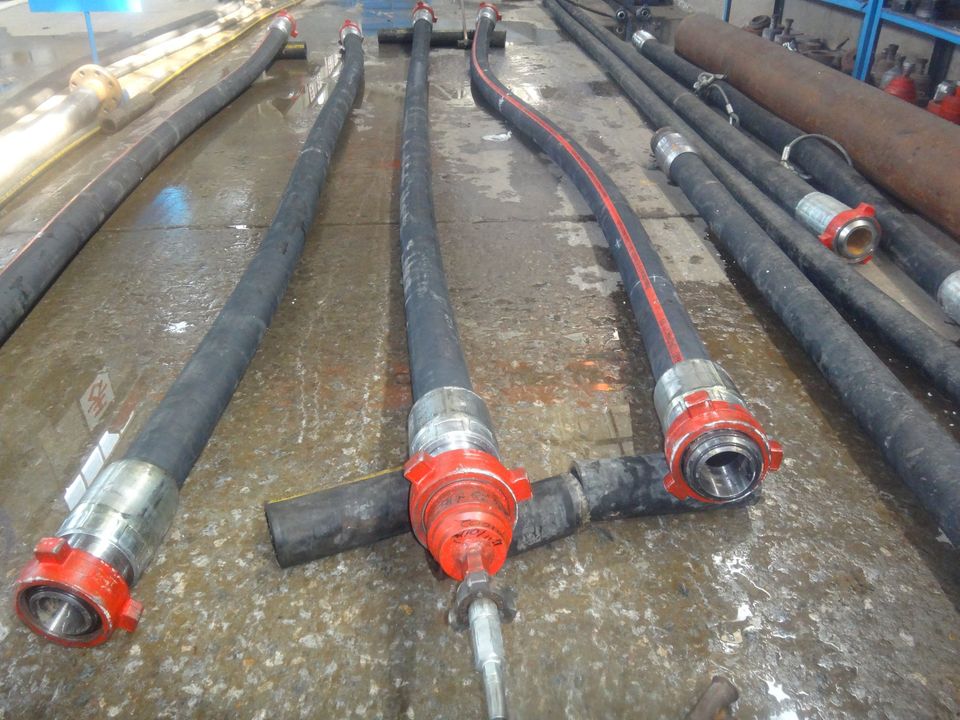Why choose API7K oil pipe
Oil drilling and production operations require the use of a series of equipment and tools, among which oil drilling hoses are one of the important components. API 7K Oil Drilling Hose is a hose that complies with API 7K standards and has the characteristics of high strength, pressure resistance, temperature resistance, corrosion resistance and wear resistance. This kind of hose is an indispensable and important tool in the fields of oil exploration, development and production. The API 7K standard specifies the minimum performance requirements for hoses used in oil drilling and downhole operations, including pressure resistance, wear resistance, corrosion resistance, and oil resistance. In oil drilling and production operations, the quality and performance of hoses directly affect the efficiency and safety of drilling and production. Therefore, it is very important to choose oil drilling hoses that meet API 7K standards.
Structural composition of API7K oil pipe
API 7K oil drilling hose is generally composed of an inner rubber layer, a reinforced layer and an outer rubber layer. The inner rubber layer is generally made of high-strength materials such as fluorine rubber and butyl rubber, which have the characteristics of high pressure resistance, high temperature resistance and corrosion resistance. The reinforcement layer generally uses high-strength synthetic fibers or metal wires to enhance the pressure resistance and tensile strength of the hose. The outer rubber layer is generally made of neoprene, fluorine rubber and other materials to enhance the wear resistance and corrosion resistance of the hose.
Operation process of API7K oil pipe
When using API 7K oil drilling hose, the following operating procedures need to be followed:
Visual inspection and pressure test must be carried out before the hose is used. Check the hose for defects such as wear, cracks, and air bubbles. The pressure test should be carried out according to the API 7K standard to ensure the pressure resistance of the hose.
During the use of the hose, excessive bending, twisting and excessive stretching should be avoided to avoid damage to the hose.
The hose should be inspected and maintained regularly during use, and the worn, aging or invalid hose should be replaced in time to ensure the safety performance of the hose.
During the connection and disassembly of the hose, safety operating procedures should be followed to ensure the safety of the staff.
In addition to the API 7K standard, there are other standards for oil drilling hoses, such as API 16C, API 16D blowout preventer hose

